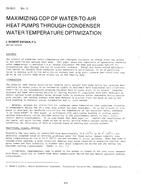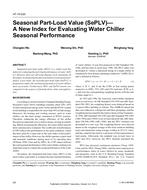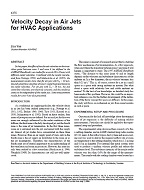Many woodstove design modifications have been evaluated for their ability to reduce emissions. One of the concepts employed is the use of dual chambers, a primary chamber for volatilization and a secondary chamber for combustion. Commonly, combustion air is naturally aspirated into the secondary combustion chamber. In this study, a popular dual-chamber woodstove with modifications was laboratory tested. The original appliance was first burned at low, medium, and high burn rates to establish baseline performance. The stove was then modified to include an electric ignitor and a controlled flow of air to the secondary chamber and was tested again under the same conditions. Variables measured include the gas stream temperatures upstream and downstream of the secondary chamber, which indicate secondary combustion, arld exhaust stream concentrations of carbon monoxide (CO) and unburned hydrocarbons (HC), as indicators of emissions. This paper discusses the effectiveness of these woodstove modifications at sustaining secondary combustion and reducing emissions.
Units: Dual
Citation: Symposium, ASHRAE Transactions, 1988, vol. 94, pt. 1, Dallas, TX
Product Details
- Published:
- 1988
- Number of Pages:
- 9
- File Size:
- 1 file , 770 KB
- Product Code(s):
- D-DA-88-11-2


